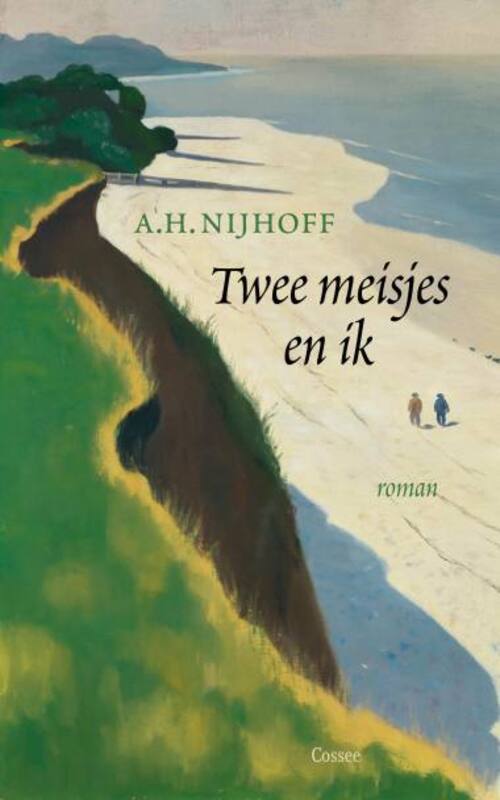
August 1931. The publication of the novel Two Girls and I causes some upheaval in the Dutch literary scene. The name Nijhoff, according to the Dutch press, had been disgraced forever. Indeed, the readers are given a lot to digest: two young girls and their relationship with a much older doctor, a Frenchman with a showy young lover, a foul-mouthed colonel, a moody nurse, allusions to a lesbian affair, abortion and drugs. In short, a novel by an author who couldn’t care less about the conventions and who wanted to be in charge of her own life, and all this in 1931.The characters encounter each other by coincidence, in a remote town on the Southern coast of England. The décor is a small hotel and a beach house, rocks and rain, green-grey water and a little strip of sand. A.H. Nijhoff observes and analyses the complex development of their relationships. She carefully sketches how throughout the years they meet again, many experiences richer and illusions poorer, ready for new developments.
At its publication, critics had trouble with the inescapable atmosphere of this tough novel, precisely one of the aspects that appeals to contemporary readers.